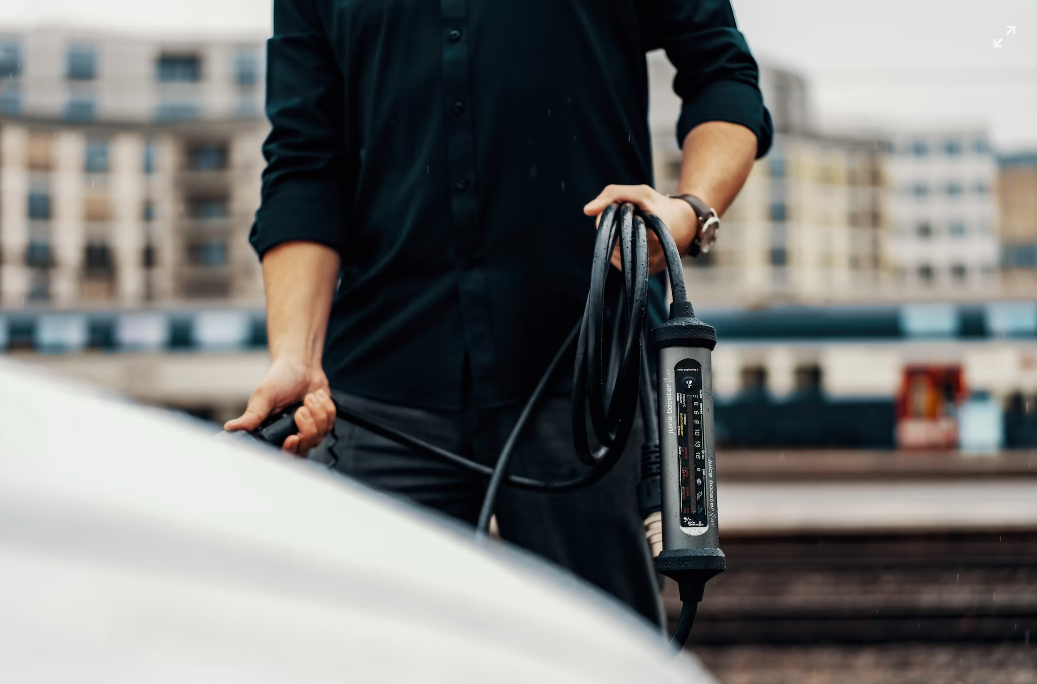When a thermocouple is experiencing erratic readings or problems, a short test can be performed to identify potential issues. It involves connecting a copper wire across the input terminals to create a harsh circuit condition.
Before attempting this, thoroughly inspect the thermocouple probe for pinholes, cracks, and discoloration areas (such as light green on Type K or orange from Iron Oxide on J types). Then, remove the pilot assembly and gas valve handle from the heater.
Electrical Tester
An electrical tester is an essential tool to have in hand. This device comprises an electric lamp connected to one or two insulated wire leads. It can detect the presence of voltage by touching it against circuit wires and switches or by putting the tip of the screwdriver-like stick into a receptacle.
Using a voltage tester can save time and frustration in finding the source of an issue. It can also help avoid serious injury by turning off the power before handling any switches or wires.
Many models of this type of tester will indicate the presence of electricity with a bright light or buzzing sound. Some models are more sophisticated and can provide rudimentary measurements of the voltage present. A multimeter can provide more accurate measurements, but a simple tester is often all needed. Some testers also feature a battery for continuity testing and can be used on outlets, light sockets, electrical panels, fuses, and switches.
Thermocouple Wiring
When using them, it’s critical to remember that thermocouple accessories‘ output is a voltage reading, not a temperature. It means you need to know how the metal alloys in each wire will change their voltage with heat and convert this to a temperature reading with a thermocouple conversion table.
Because of this, it’s vital to use extension wires made from the same types of metal as your thermocouple probes. It ensures the signal is not contaminated by other electrical noise in the environment or the wire.
Using incorrect polarity will prevent the thermocouple from producing unpredictable voltages and inaccurate temperatures. Always ensure the polarity is correct for each thermocouple, and use a continuity tester to check the connections before using.
Also, don’t run the thermocouple wires through conduits with heavy power wiring or over long distances. It can cause loop resistance, which leads to false readings and may damage the wire insulation. Always cross thermocouple wires at right angles and use appropriate gauge wiring for your environment.
Thermocouple Calibration
Thermocouples are used in a variety of temperature measurement applications. They are robust and inexpensive compared to other temperature measurement technologies. However, if a thermocouple is not adequately calibrated, it can cause inaccurate measurements.
Most of the time, calibration is done in a lab under carefully controlled conditions. Occasionally, it can also be performed in the field.
Make sure your calibrator has an open circuit detection feature. It can help find broken wires and other intermittent connections. Look for a calibrator with a long battery life. It will save you money and reduce waste from dead batteries.
When a thermocouple is calibrated, the probe or extension wires are plugged into a calibrator and compared to an insulated metal block with known temperatures. It allows you to determine the thermocouple’s tolerance, making the sensor more accurate for your application. A thermocouple within tolerance helps prevent expensive, quality-related plant shutdowns.
Thermocouple Cleaning
Thermocouples produce a small electrical voltage output when heated. This output is a combination of the two dissimilar metals that form the measurement junction of the thermocouple. This voltage can be measured with a multimeter, and a significant difference in output indicates a problem with the thermocouple wires or connection.
Thermocouple wires should be protected from mechanical stress, contamination, and temperature shock. It can be done using protective sheaths, thermo-wells, and careful cable routing.
Thermocouples can also drift over time, but this can be avoided by ensuring that the correct thermocouple type and sheath material are used for the application’s temperature range, environmental conditions, and response speed. It is also vital to carefully install and route the thermocouple wiring and not run it directly over noisy equipment or electrical sources. It can cause interference that may give false readings or even prevent the thermocouple from functioning. Lastly, the thermocouple should be cleaned from soot and dirt to improve its performance.

